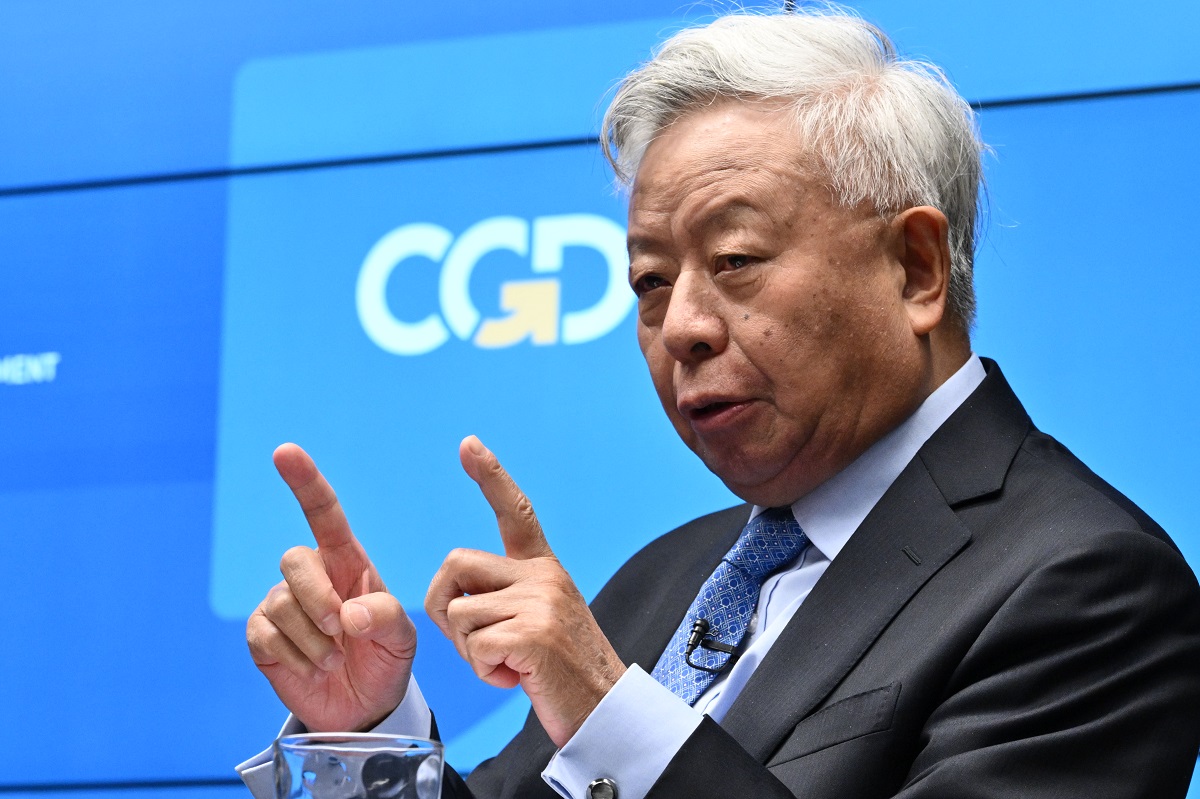I wrote in a
CGD Note last week with Tom Slayton about how the Philippines are engaging in aggressive buying techniques that seem designed to drive up prices, raising the specter of another rice price crisis such as what befell us in early 2008. When more than 3 billion people—more than half of whom are very poor—depend on rice for their daily diet, a repeat of 2008 would put many in danger.Some perspective is helpful to understand why the world rice market might blow up again. Last year’s crisis was the most serious shock to global food security in the past 35 years: rice prices more than trebled in four months. Panicked hoarding by governments, farmers, traders, and consumers sparked a fire in the world rice market. Quick action by the United States, urging Japan to sell its WTO stockpile of rice to countries desperate to import, especially the Philippines—a strategy Slayton and I proposed in a
May 2008 note—quickly doused the flames.Even before the price spike in early 2008, rice prices had increased every year from 2001 to 2007. After adjusting for inflation, average prices in 2007 were 64 percent higher than in 2001. Many factors contributed to this rise in prices, including the depreciation of the U.S. dollar, falling real interest rates, and rising oil prices that led to higher fertilizer prices. The dramatic spike in rice prices was caused primarily by export restrictions in India and aggressive import tendering by the Philippines.Often overlooked is the slowing growth in rice yield in Asia, where about 90 percent of the world’s rice is produced and consumed. Although rice yields are still growing, the rate of growth has been declining for many years, to below the rate of growth in consumption. At the same time, the role of rice in overall agricultural production and in the entire economy has been dropping steadily.In East Asia, rice’s share has dropped from about a fifth of agricultural output to less than a tenth. Rice remains more significant in South Asia, contributing 15.2 percent in 2007. In Southeast Asia, the 2007 share was 32.0 percent of agricultural output, down from 40.2 percent in 1961. The share of rice in Africa’s agriculture is small but growing; it was 2.34 percent in 2007, up from 1.48 percent in 1961. Rice is a small factor in Africa’s overall agricultural production but is clearly a commodity with a promising future.Asia is about five times more dependent on agriculture than the rest of the world, based on the share of agricultural value-added in GDP—3 percent versus 15 percent. Despite the rapid transformation of Asian economies, agriculture remains a key sector, mostly because Asian economies remain quite poor on average. Widespread poverty keeps rice important for food security: while those in the top half of Asia’s income distribution are eating less rice, the poorer half of the population—over a billion people—are eating more and depend on it for their food security.Unfortunately, as the “Arson Alert” note indicates, a situation similar to that in early 2008 is emerging again in the world rice market, with the Philippines fueling the run-up in rice prices. Last time, the mere possibility that Japan would release some of its WTO rice stocks to the Philippines was enough to drop prices quickly. This time, words will not be enough. Sharp run-ups in rice prices in Vietnam in the past week suggest the 2008 replay is already underway. There is still time for calmer heads to prevail. The Philippines can be more restrained in its buying. Vietnam can assure the world market that supplies are ample. India can draw down its very large stocks instead of importing.Stay tuned for more.
CGD blog posts reflect the views of the authors, drawing on prior research and experience in their areas of expertise.
CGD is a nonpartisan, independent organization and does not take institutional positions.




